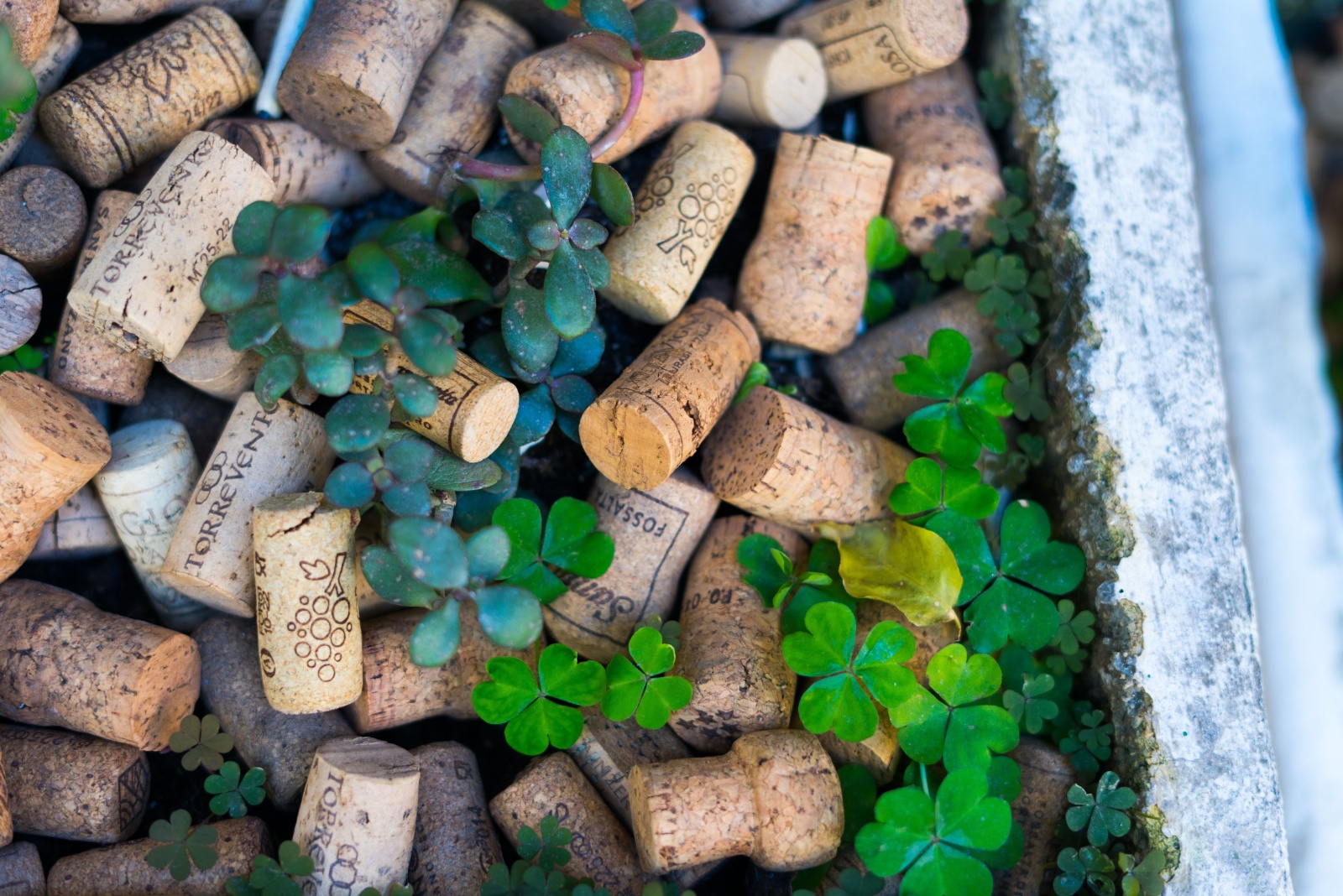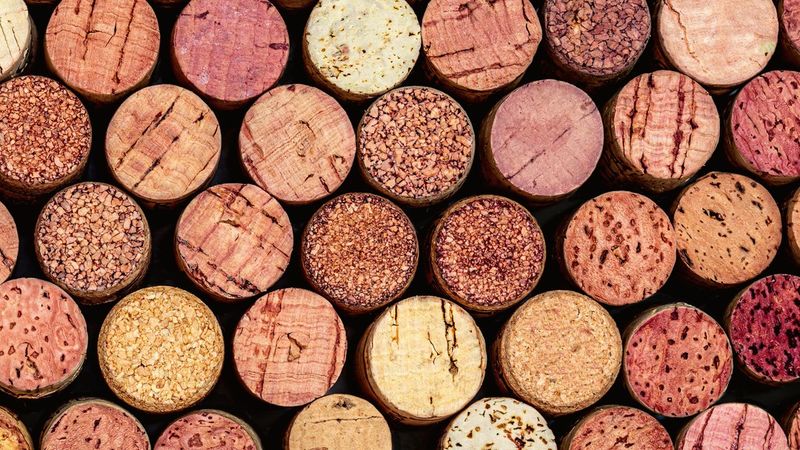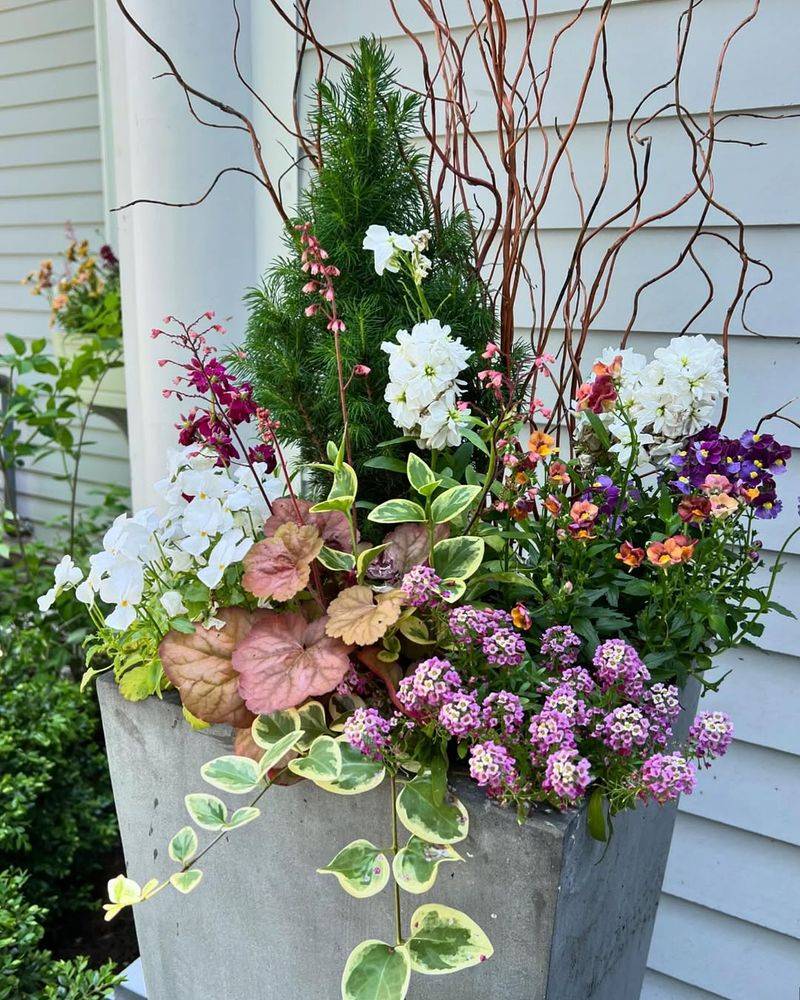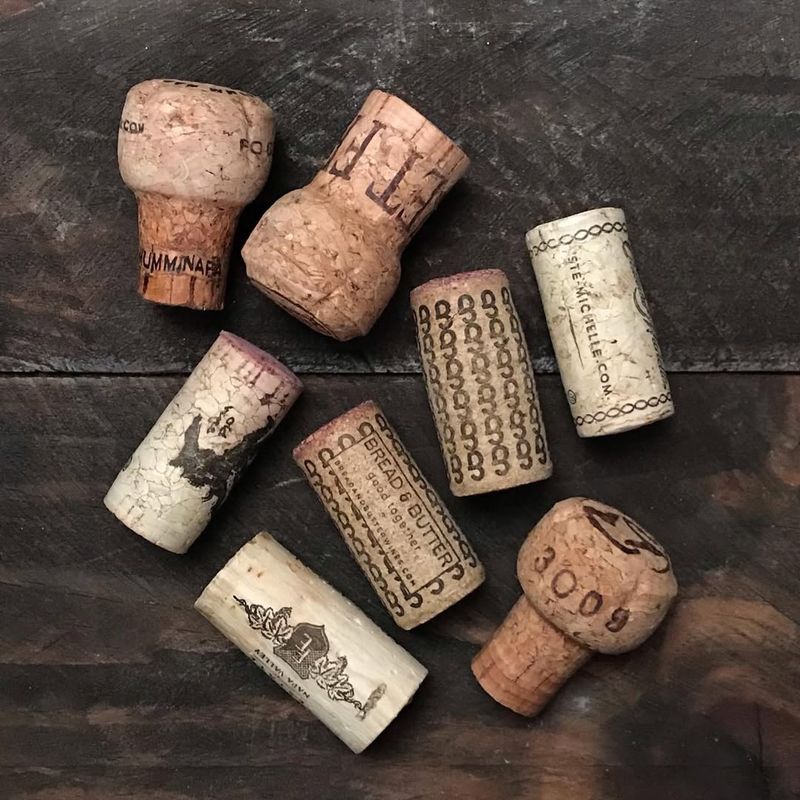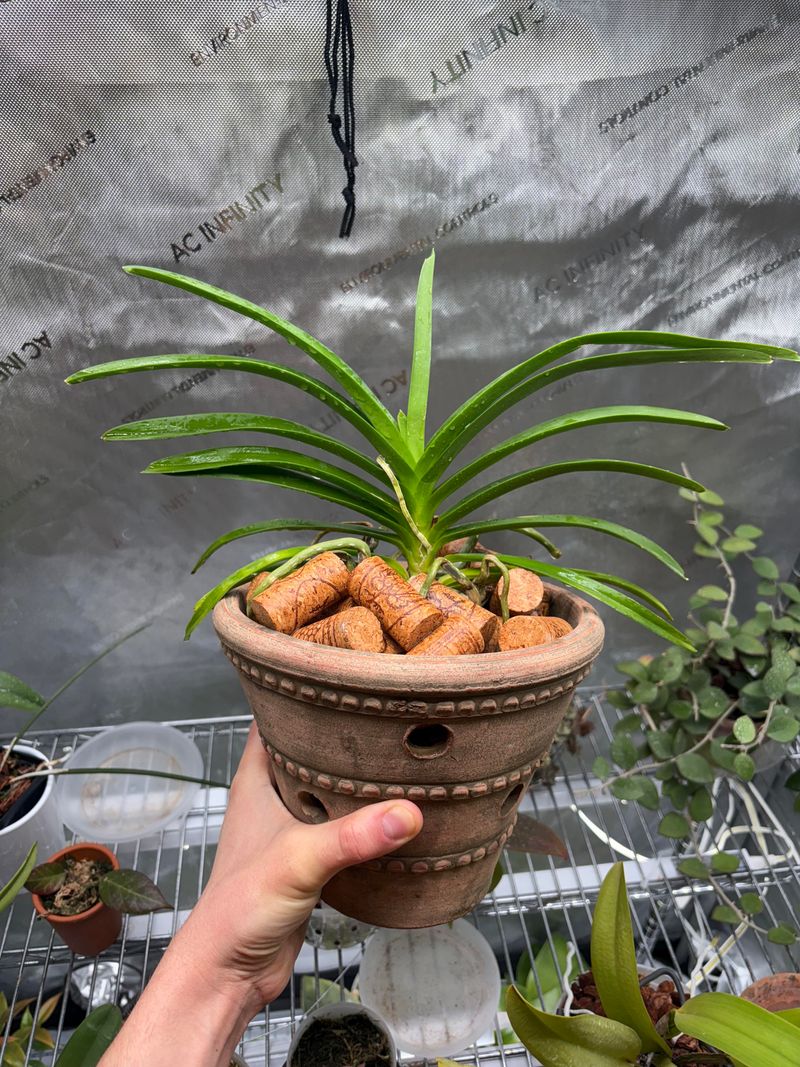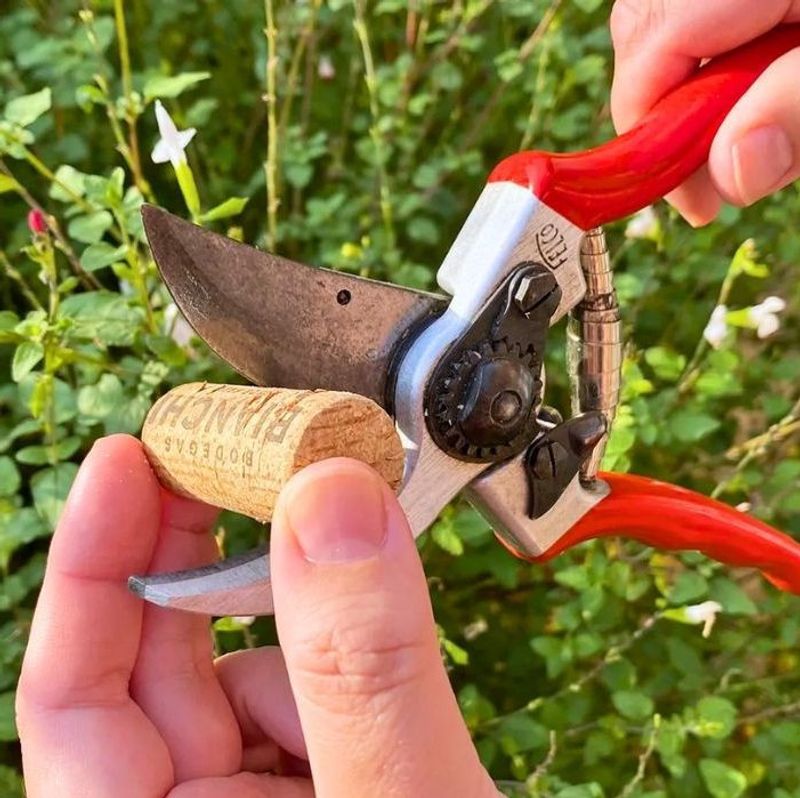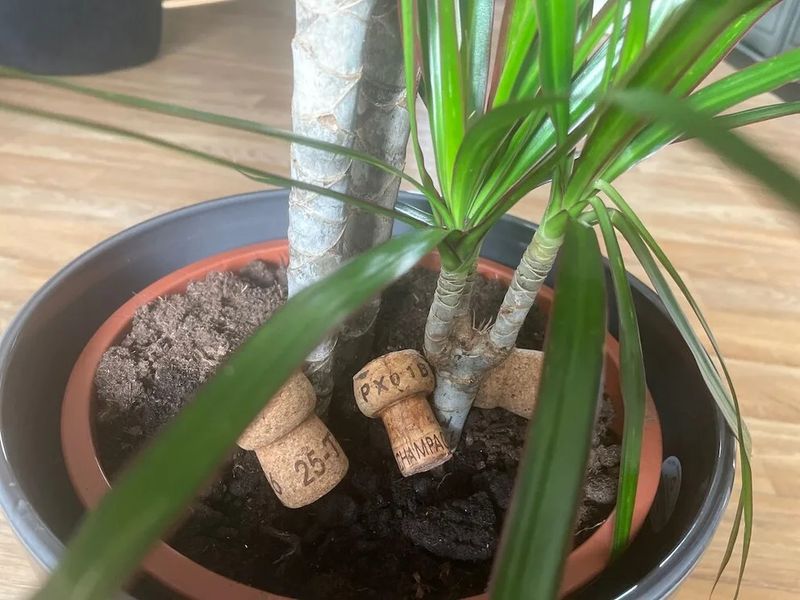Texas gardeners have discovered a clever trick that sounds almost too simple to be true. Old wine corks, those little stoppers you usually toss in the trash, are finding new life in flower pots across the Lone Star State.
This quirky gardening hack offers surprising benefits that can help your plants thrive in the challenging Texas climate.
1. Better Drainage Means Healthier Roots
Cork pieces scattered at the bottom of your pots create air pockets that prevent water from pooling. When Texas storms dump heavy rain, these natural barriers keep roots from sitting in soggy soil.
Root rot becomes a real problem when moisture has nowhere to go. Cork absorbs some excess water while letting the rest flow through freely.
Your plants stay healthier because their roots can breathe properly. Breaking corks into smaller chunks works even better than leaving them whole for maximum drainage effect.
2. Lightweight Solution For Heavy Containers
Big pots filled entirely with soil weigh a ton, making them nearly impossible to move around. Filling the bottom third with corks cuts the weight dramatically without harming your plants.
This trick proves especially handy when you need to rearrange your patio or bring containers indoors during harsh weather. Corks take up space that would otherwise require pounds of heavy potting mix.
Your back will thank you when moving day arrives. Plus, you save money by using less soil in those giant planters.
3. Natural Pest Deterrent Properties
Certain bugs and slugs dislike the texture and smell of cork material. Sprinkling crushed cork around the soil surface creates a barrier that many crawling pests prefer to avoid.
Cork contains natural compounds that some insects find unpleasant, though it remains completely safe for plants and people. Texas gardeners battling snails and pill bugs have noticed fewer visitors after adding cork mulch.
Unlike chemical pesticides, this method poses zero risk to beneficial insects like ladybugs and bees that help your garden flourish.
4. Temperature Regulation During Extreme Heat
Summer temperatures in Texas regularly soar above 100 degrees, turning dark pots into ovens that cook delicate roots. Cork acts as insulation, creating a buffer zone between the scorching container walls and your plant roots.
This natural material traps air in its cellular structure, which slows heat transfer remarkably well. Plants in cork-lined pots show less heat stress and wilting during brutal afternoon sun.
Your flowers and vegetables can focus energy on growing instead of just surviving the heat.
5. Sustainable Recycling And Waste Reduction
Every cork you reuse in the garden means one less item heading to the landfill. Natural cork comes from tree bark that regrows, making it an environmentally friendly material to begin with.
Collecting corks from friends, restaurants, or wine tastings gives these renewable resources a second purpose. Texas gardeners passionate about sustainability love finding creative ways to reduce their carbon footprint.
Your gardening hobby becomes more eco-conscious without spending extra money or effort on fancy products.
6. Cost-Effective Alternative To Store-Bought Materials
Perlite, drainage rocks, and pottery shards cost real money at garden centers, but corks come free if you save them from bottles. Restaurant owners often have buckets of corks they gladly give away to anyone who asks.
A single large planter might need several dollars worth of commercial drainage material. Fill that same space with collected corks and you spend absolutely nothing.
Smart Texas gardeners stretch their budgets further by using readily available materials that work just as well.

